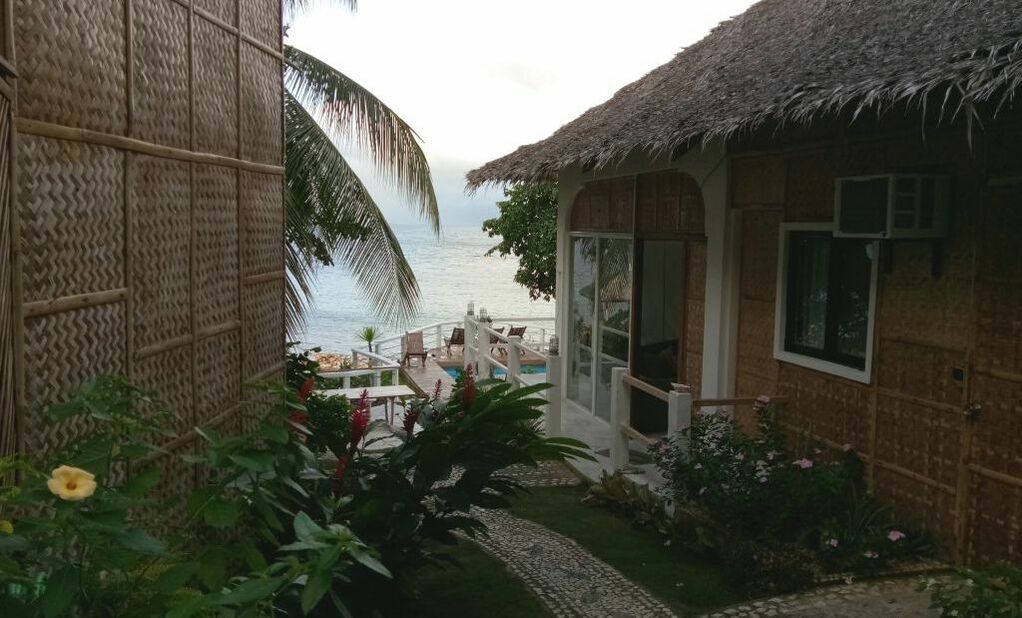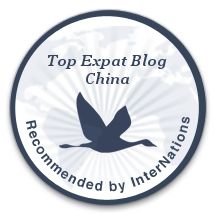1. Transportation:
By air – there’s no airport on Romblon so you’d have to fly to the Tablas Island. Plains from Manila fly 3 times a week on Wednesday, Friday and Sunday and. From there you need to take a jeepney or a tricycle to San Augustin, where you can get a ferry to Romblon.
By ferry:
From San Augustin (Tablas):
5am – a Seahorse Ferry. That’s the ferry that I took. (it actually departed at 4.40 so it’s better to board it earlier). It costed 100 PHP (~2$) and took 50 min to Romblon, Romblon.
6 am a Montenegro ferry
8.00 and 13.00 a pump boat.
From Batangas:
– 2go ferry departs on Tue and Sat at 21.00.
– Navios Lines departs on Wed, Thu, Sun at 17.00.
– Montenegro departs on Mon/ Thu/ Sat at 17.00
– CSGA FERRY Departs on Thursday and Saturday at 16.00
Any ferry ticket can be purchased at the ferry terminal before the departure. 2go additionally offers an online booking (it also has the best standard). Travel takes around 7-9h, which means that in most cases, you’ll arrive in Romblon in the middle of the night or very early in the morning. The fare depends on the ferry and the class, but it’s usually around:
1000 PHP (~15$) for the economy class
1200PHP (~20$) for the tourist class (with AC)
1500 (~29$) for a cabin
2. Accommodation – there are a few lodges in the town itself including Romblon Fun Divers & Inn for those who would be into diving. If you prefer to stay in quieter place, I highly recommend Coral Canyon Romblon. It’s a guest house in the southern part of the island (getting there takes around 30 min by a tricycle). It has very neat bamboo houses with private bathrooms. Everything is very well thought with simple, yet very functional deign. Not to mention the superb view. There’s no sandy beach in there, but there’s absolutely fantastic snorkelling site just in front of the house. Let’s just say that the owner didn’t exaggerate when called the place ‘Coral Canyon’. Place is very reasonably priced (1500 PHP ~28$ for a house with private bathroom). The also provide meals. I especially liked homemade jam for breakfast (they give you a set of 4 or 5 different ones). I fell in love with green tomato jam.
Since the guesthouse is in a literal middle of nowhere (which could be both an asset or a problem) they conveniently have bikes and scooters for rental. So as long as you wish to go somewhere you are not trapped in a place.
4. WIFI – there are no landlines on Romblon so the only internet comes from mobile data. That is why it’s good to purchase a good data package (preferably from Globe). Be advised though that mobile internet works fine only in the town itself. The further you get from the town, the worse reception you’ll get.
Cannabis laws vary significantly across the world, with some countries embracing legalization while others maintain strict prohibitions. In places like Canada and several U.S. states, cannabis is legal for both medical and recreational use, regulated by government policies that control production, distribution, and sales. Meanwhile, in countries like Singapore and Japan, cannabis possession can result in severe penalties, including heavy fines and imprisonment. The legal landscape continues to shift as more governments evaluate the economic benefits and potential risks associated with legalization.
One of the biggest legal distinctions in cannabis regulation is between medical and recreational use. Many nations, including Germany and Australia, have legalized medical cannabis under strict prescription guidelines, allowing patients to access cannabis-based treatments for chronic pain, epilepsy, and other conditions. However, recreational use often remains illegal or heavily restricted, as lawmakers weigh public health concerns against potential tax revenues and economic growth.
Cultivation laws are another key aspect of cannabis regulation. In some regions, individuals are allowed to grow a limited number of plants for personal use, while commercial cultivation is highly regulated and requires specific licensing. This has led to the rise of the seed bank industry, where consumers can legally purchase cannabis seeds in jurisdictions that permit home cultivation. Seed banks provide a wide range of strains, catering to both medicinal and recreational users looking to grow their own supply.
Despite ongoing reforms, many legal gray areas remain. For example, while some countries decriminalize possession of small amounts, they may still impose fines or mandate rehabilitation programs. Additionally, the legal status of CBD, a non-psychoactive cannabis compound, differs widely, with some places allowing its sale as a wellness product while others classify it under the same laws as THC-rich cannabis.
As cannabis laws continue to evolve, staying informed about local regulations is crucial for both consumers and businesses. Whether purchasing from dispensaries, cultivating at home, or using cannabis for medical reasons, understanding the legal framework ensures compliance and helps navigate this rapidly changing industry.


 RSS Feed
RSS Feed

